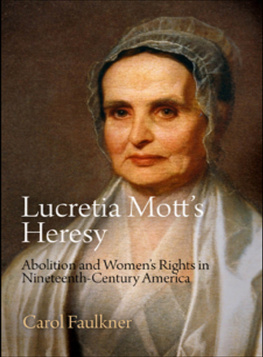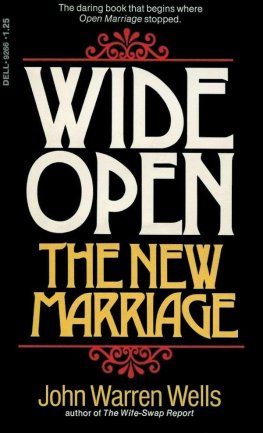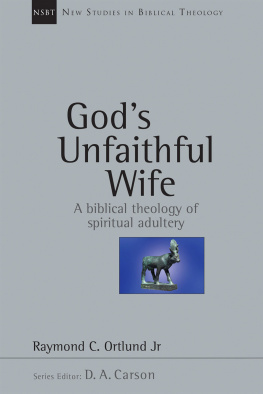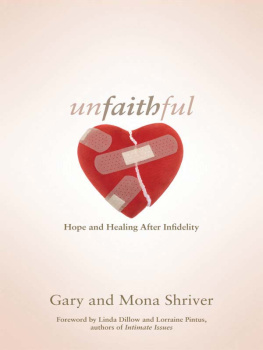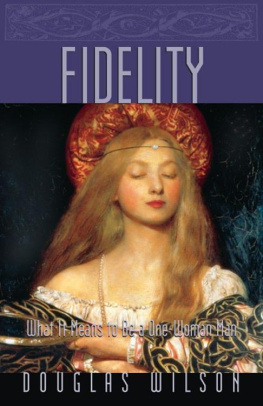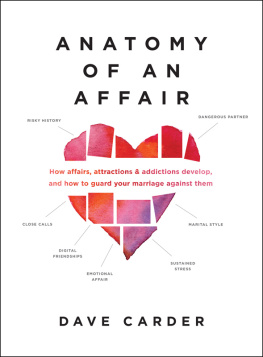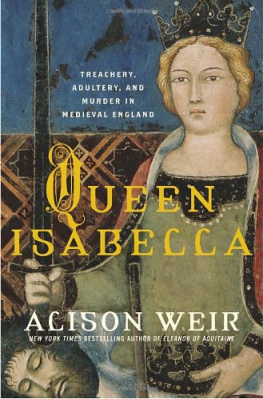Carol Faulkner - Unfaithful: Love, Adultery, and Marriage Reform in Nineteenth-Century America
Here you can read online Carol Faulkner - Unfaithful: Love, Adultery, and Marriage Reform in Nineteenth-Century America full text of the book (entire story) in english for free. Download pdf and epub, get meaning, cover and reviews about this ebook. year: 2019, publisher: University of Pennsylvania Press, genre: Home and family. Description of the work, (preface) as well as reviews are available. Best literature library LitArk.com created for fans of good reading and offers a wide selection of genres:
Romance novel
Science fiction
Adventure
Detective
Science
History
Home and family
Prose
Art
Politics
Computer
Non-fiction
Religion
Business
Children
Humor
Choose a favorite category and find really read worthwhile books. Enjoy immersion in the world of imagination, feel the emotions of the characters or learn something new for yourself, make an fascinating discovery.

- Book:Unfaithful: Love, Adultery, and Marriage Reform in Nineteenth-Century America
- Author:
- Publisher:University of Pennsylvania Press
- Genre:
- Year:2019
- Rating:3 / 5
- Favourites:Add to favourites
- Your mark:
Unfaithful: Love, Adultery, and Marriage Reform in Nineteenth-Century America: summary, description and annotation
We offer to read an annotation, description, summary or preface (depends on what the author of the book "Unfaithful: Love, Adultery, and Marriage Reform in Nineteenth-Century America" wrote himself). If you haven't found the necessary information about the book — write in the comments, we will try to find it.
In her 1855 fictionalized autobiography, Mary Gove Nichols told the story of her emancipation from her first unhappy marriage, during which her husband controlled her body, her labor, and her daughter. Rather than the more familiar metaphor of prostitution, Nichols used adultery to define loveless marriages as a betrayal of the self, a consequence far more serious than the violation of a legal contract. Nichols was not alone. In Unfaithful, Carol Faulkner places this view of adultery at the center of nineteenth-century efforts to redefine marriage as a voluntary relationship in which love alone determined fidelity.
After the Revolution, Americans understood adultery as a sin against God and a crime against the people. A betrayal of marriage vows, adultery was a cause for divorce in most states as well as a basis for civil suits. Faulkner depicts an array of nineteenth-century social reformers who challenged the restrictive legal institution of marriage, redefining adultery as a matter of individual choice and love. She traces the beginning of this redefinition of adultery to the evangelical ferment of the 1830s and 1840s, when perfectionists like John Humphrey Noyes, founder of the Oneida Community, concluded that marriage obstructed the individuals relationship to God. In the 1840s and 1850s, spiritualist, feminist, and free love critics of marriage fueled a growing debate over adultery and marriage by emphasizing true love and consent. After the Civil War, activists turned the act of adultery into a form of civil disobedience, culminating in Victoria Woodhulls publicly charging the Reverend Henry Ward Beecher with marital infidelity.
Unfaithful explores how nineteenth-century reformers mobilized both the metaphor and the act of adultery to redefine marriage between 1830 and 1880 and the ways in which their criticisms of the legal institution contributed to a larger transformation of marital and gender relations that continues to this day.
Carol Faulkner: author's other books
Who wrote Unfaithful: Love, Adultery, and Marriage Reform in Nineteenth-Century America? Find out the surname, the name of the author of the book and a list of all author's works by series.

